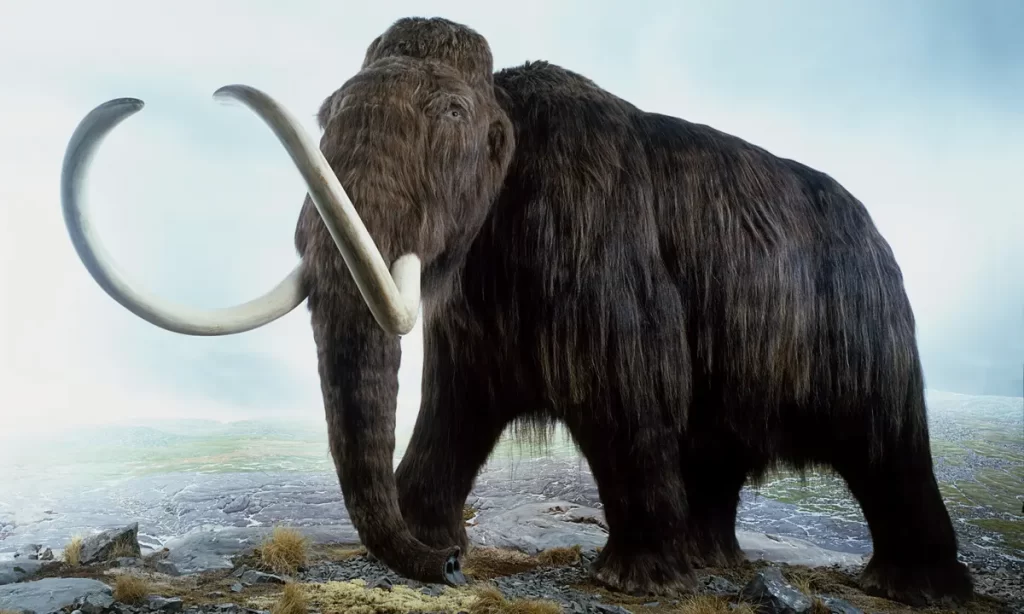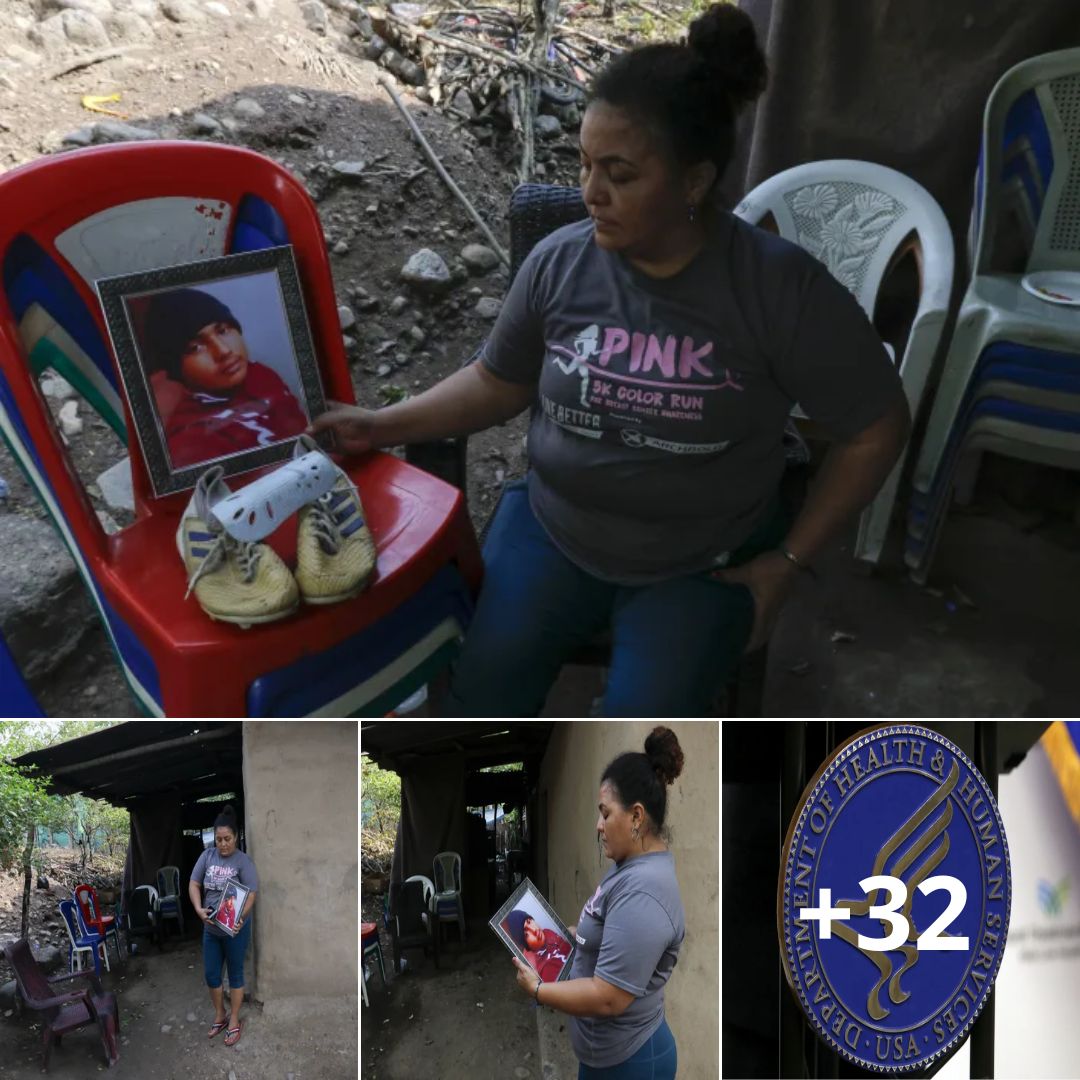Colossal recently added $60 million in funding to move toward a 2027 de-extinction of the woolly mammoth. The Dallas-based company is now working to edit the genes for the reincarnation of the mammal.
Colossal planned to reintroduce the woolly mammoth into Russia, but that may shift.

The long-dead woolly mammoth will make its return from extinction by 2027, says Colossal, the biotech company actively working to reincarnate the ancient beast.
Last year, the Dallas-based firm scored an additional $60 million in funding to continue the, well, mammoth gene-editing work it started in 2021. If successful, not only will Colossal bring back an extinct species—one the company dubs a cold-resistant elephant—but it will also reintroduce the woolly mammoth to the same ecosystem in which it once lived in an effort to fight climate change, according to a recent Medium post.
Colossal calls the woolly mammoth’s vast migration patterns an active part of preserving the health of the Arctic, and so bringing the animal back to life can have a beneficial impact on the health of the world’s ecosystem. While Colossal originally hoped to reintroduce the woolly mammoth into Siberia, the company may explore other options based on the current political framework of the world.

The woolly mammoth’s DNA is a 99.6 percent match of the Asian elephant, which leads Colossal to believe it’s well on its way toward achieving its goal. “In the minds of many, this creature is gone forever,” the company says. “But not in the minds of our scientists, nor the labs of our company. We’re already in the process of the de-extinction of the Woolly Mammoth. Our teams have collected viable DNA samples and are editing the genes that will allow this wonderful megafauna to once again thunder through the Arctic.”
Through gene editing, Colossal scientists will eventually create an embryo of a woolly mammoth. They will place the embryo in an African elephant to take advantage of its size and allow it to give birth to the new woolly mammoth. The eventual goal is to then repopulate parts of the Arctic with the new woolly mammoth and strengthen local plant life with the migration patterns and dietary habits of the beast.
If Colossal proves successful on reincarnating the woolly mammoth—ditto the thylacine, also known as the Tasmanian tiger—expect a variety of new ethical questions to arise on how to handle the creature and potential reintroduction issues.







